Mastering Precision: How Pressure Points Enhance Karate Self-Defense
Karate has long been celebrated for its disciplined strikes, varied techniques, and powerful philosophies. However, when combined with the understanding of pressure points, the effectiveness of karate as a self-defense system can be profoundly enhanced. By mastering precision targeting of these vulnerability areas within human anatomy, practitioners can escalate their offensive and defensive capabilities, enabling them to neutralize threats efficiently and effectively.
Understanding Pressure Points
What Are Pressure Points?
Pressure points are specific areas on the body that, when struck or pressed, can induce pain, incapacitate an opponent, or lead to submission. An array of nerves and blood vessels criss-cross our body, and these pressure points are often situated where clusters of these systems meet. They can be classified into two broad categories: major and minor pressure points.
- Major Pressure Points: These points tend to produce significant responses upon being struck and include areas such as the solar plexus, temple, and throat.
- Minor Pressure Points: These points may not incapacitate an attacker but can still inflict considerable discomfort or momentarily distract them. Examples include the knuckles, wrist, and forearm.
The Science Behind Pressure Points
The human body’s response to physical stimulation can be understood through a combination of anatomy, neurophysiology, and reflex arcs. Pressure points affect the nervous system, eliciting reflex responses that can lead to muscular inhibition, pain, or loss of motor control. Knowledge of these reactions is vital for any karate practitioner, particularly in self-defense scenarios, where quick and decisive action is crucial.
- Nervous System Response: When a pressure point is activated, nerve signals travel to the central nervous system, which can result in immediate pain or a reflex reaction.
- Reflex Arcs: Many pressure points function via reflex arcs, where stimulation of the point causes involuntary muscle contractions or release.
Historical Context of Pressure Points in Martial Arts
Traditional Roots in Eastern Martial Arts
The use of pressure points is not exclusive to karate; it is deeply embedded in various martial arts like judo, jujitsu, and traditional Chinese systems such as Tai Chi and acupuncture. These practices have recognized the utility of understanding and manipulating the human body’s anatomy for centuries.
Karate’s Evolution: Originally influenced by Chinese martial arts, Okinawan karate schools began integrating pressure point techniques as practitioners sought more efficient ways to disable opponents. The principles of traditional Chinese medicine, especially the concept of meridians and energy flows, also found their way into karate, enhancing the understanding of body mechanics.
Modern Adaptations in Karate
Contemporary karate schools have increasingly embraced the integration of pressure point techniques into their curricula. This adaptation reflects a growing recognition of their effectiveness in real-world scenarios, where the goal often involves quickly neutralizing a threat rather than delivering a showy or elaborate display of technique.
The Application of Pressure Points in Self-Defense
Identifying Key Pressure Points
In the context of self-defense, understanding which pressure points to target is essential. Below, we outline some of the most effective pressure points commonly utilized in karate:
- Temple (Side of the Head): Striking this point can disorient an opponent, leading to loss of balance or consciousness.
- Solar Plexus (Upper Abdomen): A powerful strike to this region can incapacitate an attacker, as it disrupts the diaphragm and causes immediate difficulty in breathing.
- Throat: A targeted attack to this area can cause severe pain and obstruct breathing, providing a critical moment for escape.
- Groin: An often-thought-of target in the context of self-defense, a well-placed strike to the groin can cause acute pain and provide a quick getaway.
- Inner Elbow: A strike here can incapacitate the arm, restricting movement.
- Knee Joint: A targeted hit can destabilize an attacker and lead to a fall.
Techniques for Employing Pressure Points
Understanding how to execute techniques that target these points is crucial for success. Here are some effective methods karate practitioners can use:
Strikes
- Punches: Straight punches can effectively target the solar plexus or throat. Proper technique ensures maximum impact.
- Kicks: Low kicks to the knee joint or groin can destabilize an opponent quickly.
- Elbow Strikes: A close-quarters elbow strike can effectively target the temple or jaw.
Manipulations
- Joint Locks: Leverages can be applied to manipulate pressure points in the wrist or elbow. Effective joint locks can incapacitate an opponent without causing permanent damage.
- Pressure Holds: Applying sustained pressure to specific points can control an aggressor and render them less capable of countering your actions.
Fluidity and Adaptability
When employing pressure point techniques, fluidity is vital. A karate practitioner must remain adaptable and ready to respond to unexpected movements or defenses from an opponent. The best self-defense techniques often incorporate pressure points within broader combative frameworks that emphasize movement, positioning, and leverage.
Training and Practice
Integrating Pressure Points into Training
To effectively apply pressure points in self-defense, training must focus on both the anatomical knowledge and the practical application of techniques. Practitioners should engage in:
- Drills: Regularly practicing targeting specific pressure points with controlled strikes will enhance accuracy and confidence.
- Sparring: Engaging in sparring sessions with a focus on limited rules can allow practitioners to apply pressure point techniques in a dynamic environment.
- Self-Defense Scenarios: Practicing realistic self-defense scenarios can build muscle memory and ensure that techniques are applicable under stress.
Importance of Safety
While training with pressure points, safety should remain a priority. Practitioners should ensure that they exercise caution when practicing, as improper application can lead to injury. Controlled conditions and proper understanding of how far to push techniques are essential for maintaining a safe learning environment.
Summary: The Path to Mastery
Mastering pressure points within karate enhances self-defense capabilities by emphasizing precision, efficiency, and decisive action. By understanding human anatomy and effectively incorporating pressures into training, karate practitioners can elevate their skills and increase the likelihood of effectively neutralizing threats.
In an unpredictable world, self-defense is not simply about physical confrontation; it is about empowerment through knowledge and technique. As karate practitioners hone their abilities in precision targeting, they forge a path towards mastery that transcends mere self-protection. Instead, they become adept at maintaining control over potentially dangerous situations, making informed choices to protect themselves and those around them.
Conclusion
The study and application of pressure points will continue to evolve alongside karate as both an art and a self-defense system. Practitioners who dedicate themselves to mastering these techniques will find that they enhance not only their fighting capability but also their overall understanding of the martial arts’ rich philosophies and traditions. By focusing on the mastery of precision through pressure points, martial artists embrace a comprehensive approach that empowers them to confront challenges, ultimately transforming their practice of karate into a personal journey of self-discovery and mastery.
[modern_footnote_source]: The integration of pressure points in martial arts is documented across various texts and resources, including instructional manuals and academic reflections on the significance and effectiveness of pressure point training in self-defense systems. Research into nerve responses and anatomy, combined with anecdotal evidence from practitioners, provides a robust framework for understanding and applying these techniques.
(Note: While this article is designed to provide an overview, proper training and guidance from a qualified instructor are vital for safe and effective practice.)







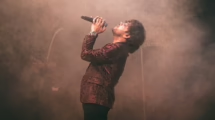







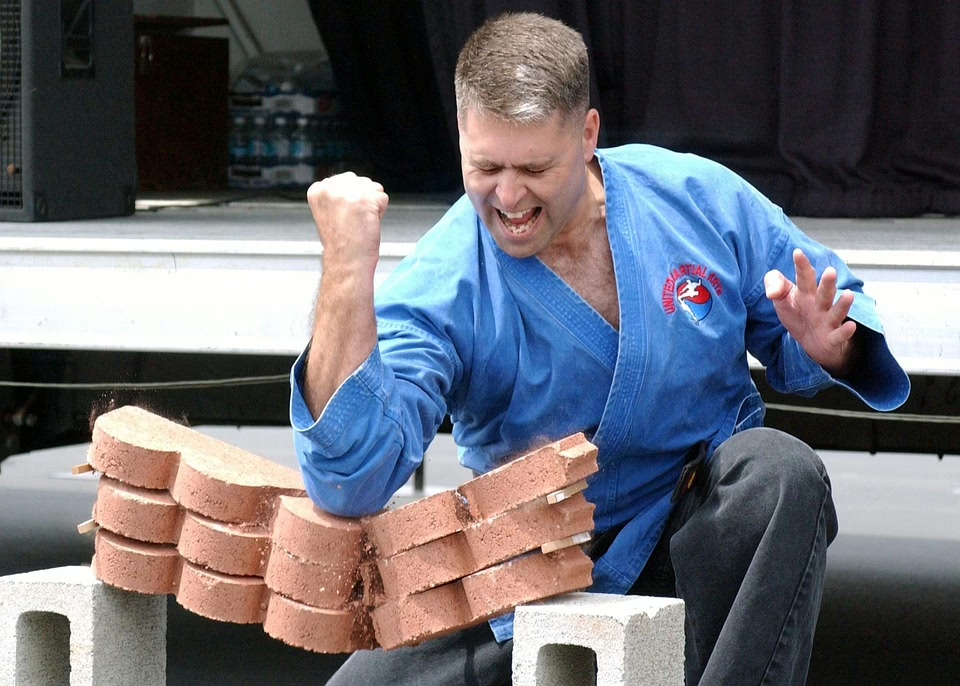
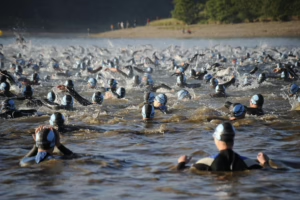

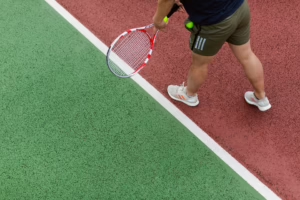
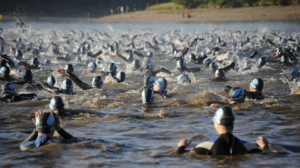

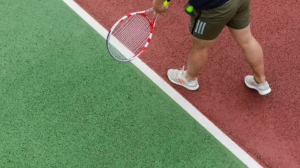




Add Comment